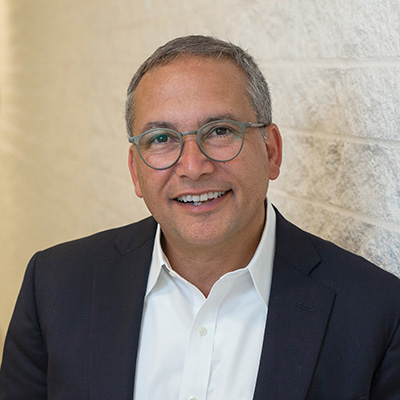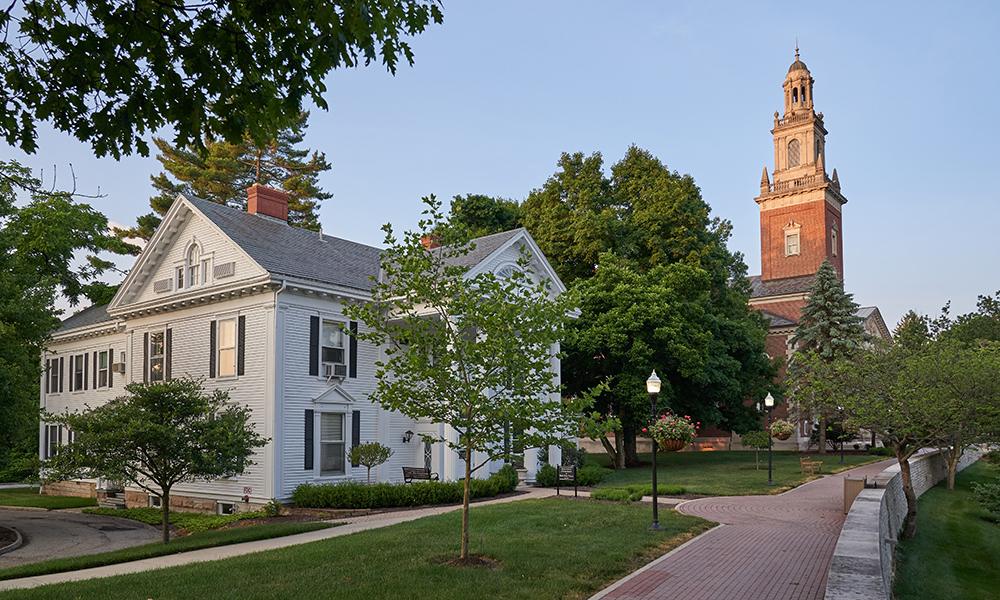The coronavirus pandemic is changing higher education. Campuses are closed, students are taking classes online, and the number of colleges announcing budget cuts and furloughs is growing. Students, faculty, staff, families and others are wondering what comes next.
It’s a transformative moment for higher education. But the trends driving the disruption are not new or unexpected.
Higher education has been going through a disruptive phase for at least the past decade, as highlighted by the steady drumbeat of commentary from Clay Christensen and others, who predicted that as many as half of all U.S. colleges and universities would close within the next 15 years.
The disruption has been slow, making it too easy for many in higher education to argue that it wasn’t happening. Now, COVID-19 is accelerating the change at breath taking speed. The trends are speeding up rapidly and will cut deep and in unexpected ways. We will get a decade’s worth of change over the next six to 18 months.
These five meta trends will re-shape the higher education landscape.
Demonstrated value: Both students and their parents now pay far more attention to the value they receive from higher education as well as what it costs them. This will accelerate as more families either can’t or won’t pay the levels of tuition that a lot of colleges and universities charge now.
The nuance here is important. It’s the intersection of value and price that matters. Often the public narrative focuses only on the price. When you talk to families, you hear something different. Families want to make sure the investment of time and precious financial resources are worth it as defined by outcomes.
Colleges and universities will be forced to be more reflective about the quality a particular institution offers and what families will pay for that perceived value.
Education on demand: Today’s prospective students are not confined by what we have historically offered or how we have offered it. They want education when they want it and delivered how they want it.
They are much more open to online and in-person hybrid formats, blended learning, accelerated programs, part-time options and more. At Denison University, starting this month as the new academic year begins, we plan to leverage a hybrid course design to allow students to participate in person or remotely from their homes or residence halls.
Pressure will grow to bend the model and to offer things like micro-credentials focused on narrow career goals and academic programs that are much more tailored to specific interests. Students will be much more vocal about the terms under which they are willing to invest the time and financial resources.
Long-term security is key goal
A focus on life launch: We tend to reduce this to “getting a job,” but this misses the larger and more challenging point. Both parents (who often pay for higher education) and students (who invest their time and earnings and take on the debt) go to college because they want to do well in life.
They want a good job, as part of a larger goal of being happy, secure and being the architect of their lives. Going forward, both parents and students will want to know how successful the university is at launching graduates into lives and careers. The questions will get harder and the “tires kicked more.” They also will want to know more about the risk factor — what percent of students fall through the cracks and how the college helps those students and alumni.
Location matters more than ever: There is no clear pattern, but expect that location will move up on the list of things students use to decide college choice. Some students will choose to stay closer to home given the uncertainty of the pandemic.
More students are likely to gravitate to colleges and universities in more dynamic urban areas. International students will select areas of the country that are open and friendly to people like themselves. More students attending college are attentive to their own needs — whether they’re health related, focused on entertainment, access to transportation — and they choose where to study and live with those factors in mind.
Alumni stories will shape brand
Brand appeal: As people come to distrust institutions, they crave brands that add meaning and value to their life. That makes the brand of any particular institution much more important.
Brand is different than marketing. Brand is the lived experience and what other people say about your institution. It’s reputation that develops as students and families tell stories about their experience with a particular university or college. Students will seek out brands that speak to the journey they hope to take.
The impact that these trends will have on individual institutions will vary based on what sector they serve. What happens to public universities will be very different from what changes look like at private liberal arts colleges, for instance.
What does higher education look like at the other end?
We may very well look more like other sectors — a few big universities with world-renowned reputations (Arizona State now has more than 100,000 students and the University of Southern New Hampshire has more than 130,000) that continue to grow, a national group of truly exceptional mid-size and small private universities and colleges who serve students who want to push themselves at the absolute highest level, and more inexpensive community-based institutions that serve local students.
Much will be asked of higher education. We will need to adapt to these mega trends in ways that serve students well, continue to offer high quality jobs to our faculty and staff, and that contribute to the communities that depend upon us.

